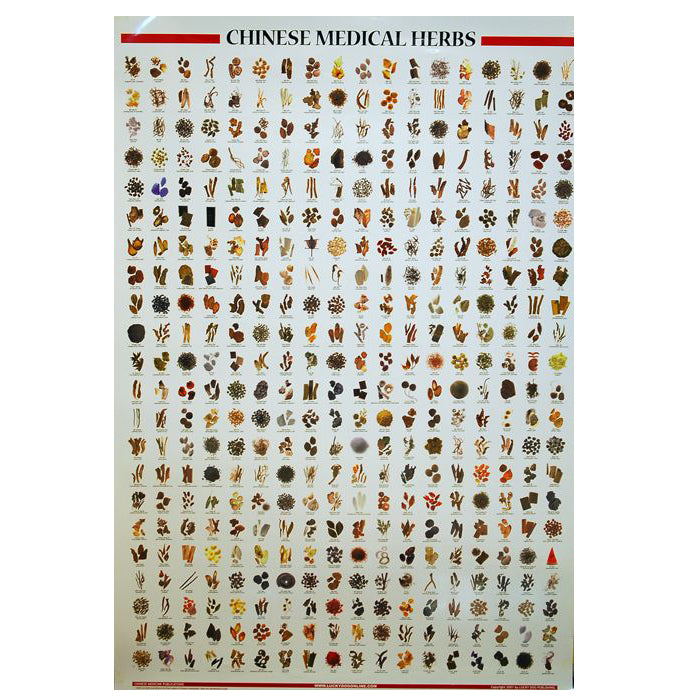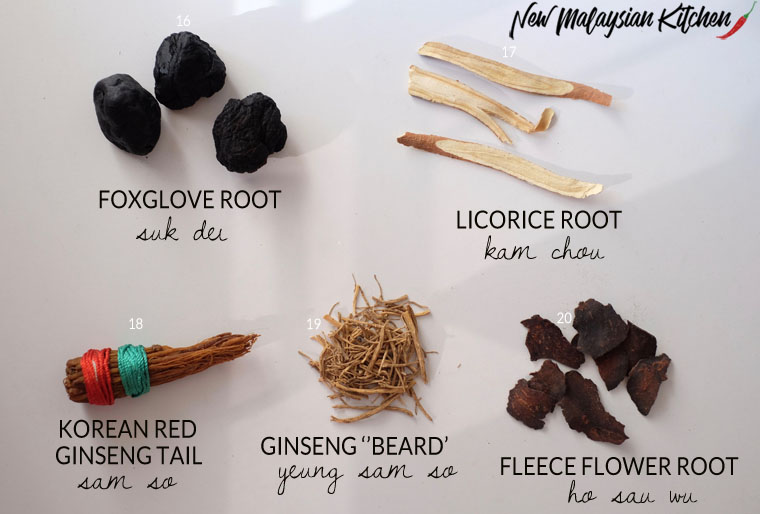

The finely cut, soft, and delicate dill leaves make an excellent addition to dishes featuring fish, lamb, potatoes, sour cream and poultry. Dill is extremely popular as a culinary herb in European cuisine, especially in regions including Russia, Finland, Scandinavia, Eastern Europe and Ukraine. DillĪ tall herb with super thin and fine leathery foliage that often ranges from dark green to bluish-green in color. Mint has long been used as an herbal remedy to treat several ailments like chest pains, stomach aches, nausea, etc. Many people brew fresh mint leaves to make different types of teas and beverages. Fresh mint is usually preferred over the dry variety because of its aromatic, warm flavor followed by a sweet aftertaste. This herb has a fresh, minty flavor which makes it ideal to be used in drinks like mojitos and mint juleps. This is why the essential oil from mint is popularly used in perfumed scents and fragrances. It is one of the most aromatic and fragrant herbs. Mint is an extremely hardy perennial plant and its cultivation is widely distributed across North America, Europe, Asia, Australia and Africa. Parsley is also consumed for its natural anti-bacterial and anti-inflammatory properties that boost the immune system and aids in digestion.įun Fact About Parsley: It is a very effective method to eliminate bad breath. The herb has a mild, bitter flavor that greatly enhances the flavor of soups, stews, casseroles and salads.


The latter is popularly used for garnishing given how it produces a tightly curled rosette of leaves whereas the former type has flat leaves and is preferred for cooking since it releases more flavor. Parsley is a hardy biennial herb that grows in two distinct forms - flat leaf and moss curled. Native to the Mediterranean region, particularly Greece, Cyprus, Spain, Portugal, southern Italy and Morocco, parsley is one of the most widely grown herbs in the world. Learn about some of the most common and popular herb varieties and add some fresh, earthy flavor to your soups, stews and pasta. These herbs are amazingly handy to have in your kitchen pantry. There is a whole list of culinary herbs you can grow in your garden. As you can see, mint is by far the most popular herb based monthly searches online. Here’s a chart illustrating the popularity of different herbs. Not only do they take dietary health to a whole new level, but herbs are also a great way to add flavor, aroma, and taste to your food. While herbs are typically associated with wellness and health due to their inherent healing and restorative properties, they are also an excellent addition to food dishes and recipes. Herbs – The Naturally Delicious Superfood
#Chinese herbals pictures and names full
American Indigenous cultures also had their own medicine cabinets and pantries full of herbs (such as cedar, sage, sweetgrass and tobacco) that they had been using for millennia. Herbs that they introduced included chamomile, lavender, calendula and parsley. According to historical records, plants were the only medicines that were used before 500 BCE, since they were believed to consist of exceptional medicinal qualities and even magical powers.Įuropean colonists brought with them some useful plant seeds that spread throughout the Western Hemisphere. Related: Mega List of Spices | Mega List of Condiments | Types of Garnish | Types of Food | Herbs to Grow on Windowsill | Vegetables and Herbs for Symbiotic FarmingĪnthropologists believe that people began making healing ointments and oils out of plants and herbs as early as 7000 BCE. Generation after generation, human beings have greatly relied on the use of different herbs as a source of good health and well-being. There is a deep connection between humans and herbs that goes way back in time. Growers Organics Quicklist: Types of Herbs


 0 kommentar(er)
0 kommentar(er)
